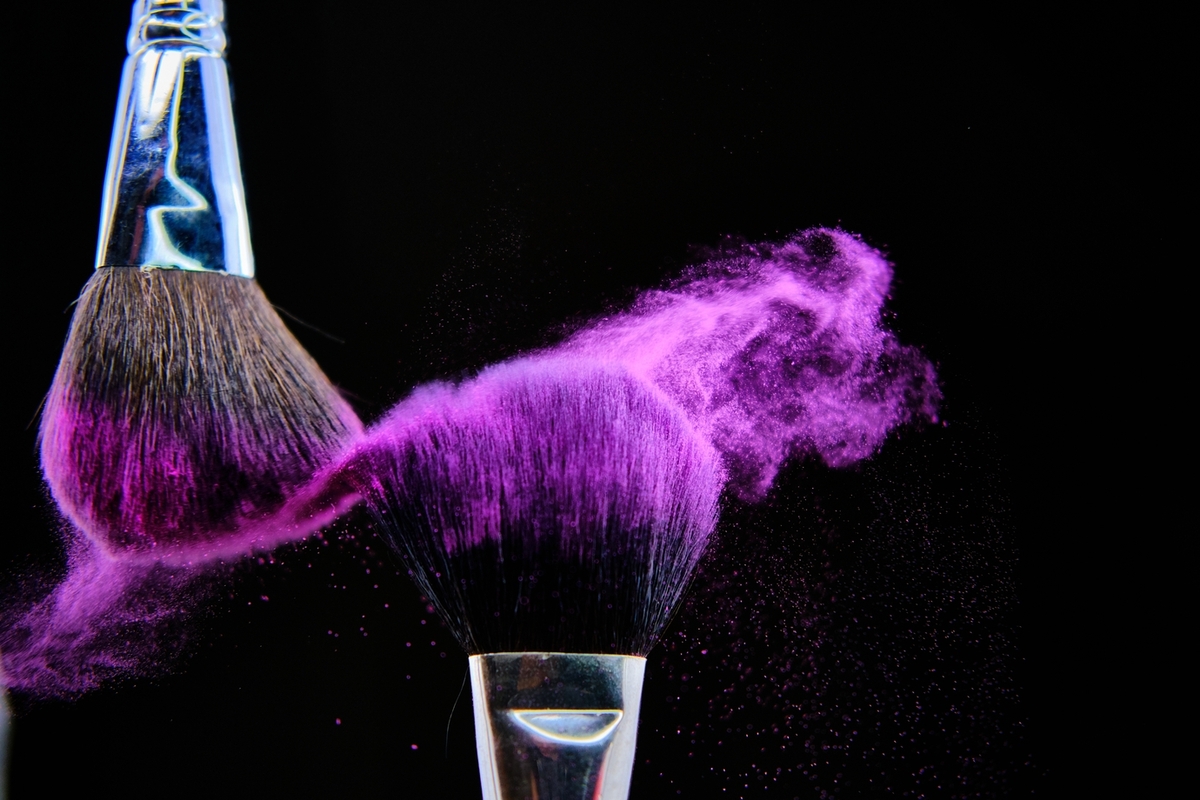The Centers for Disease Control warned that Americans were routinely exposed to potentially-harmful phthalates as far back as 2003. Adding that adult women had measurably higher quantities of phthalates in their urine, because these chemicals are often found in shampoos, body washes, makeup, and other products marketed to females, the CDC called for more research to be done to find out just how dangerous phthalates could be for human health.

The CDC's concerns led to a torrent of new research on phthalates — dubbed the "everywhere chemical" by the National Institutes of Health — and ultimately caused a partial ban on their use in children's cosmetics. The rest of us, though, have likely been exposed to phthalates on a daily basis even after the CDC raised red flags.
It's shocking to think that chemicals you might never even have heard of but that you use every day could be putting your health — and even your life — in danger, isn't it? What do you need to know to keep yourself and your family safe?
What Are Phthalates?
Phthalates are a category of human-created oily chemicals that are often used in the manufacture of plastics products, where they can act as solvents or be used to render plastics more durable. Manufacturers often rely on phthalates because they don't bind to other substances and they're colorless, odorless, and tasteless. The downside? The human body, as it turns out, does absorb phthalates quickly and easily.
To give you a better idea of the widespread nature of this danger, here's just a tiny taste of the range of products that frequently contain phthalates:
- A shocking variety of scented and unscented personal care products, like shampoos, moisturizers, body lotions, nail polish, body sprays and mists, deodorants, hair sprays, eye shadows, and even diaper rash creams and baby lotions! (To find out whether your favorite cosmetics contain these dangerous chemicals, check the FDA's list of phthalates in cosmetics!)
- Vinyl floors.
- Plastic packaging.
- Insect repellents.
- Air fresheners.
- Laundry detergents.
- Plastic toys.
- IV bags and medical tubing.
They're called "everywhere chemicals" for a reason — even if you do your very best to live a natural lifestyle, it's almost impossible to avoid phthalates!
Just How Dangerous Are Phthalates?
Prior to the new study, we already knew that phthalates had been shown to cause a variety of serious health problems in animals, following lab research. This is because phthalates disrupt the normal production of male and female hormones — androgens and estrogen.
In animals, phthalate exposure was found to cause birth defects, reproductive problems, and disrupted hormonal functioning. What do they do to human health? This new research, in which 5303 people who took part in the wider US National Health and Nutrition Examination Survey 2001–2010 participated, sheds a shocking new light on the problem of phthalates:
- Long-term exposure to phthalates, as evidenced by the presence of phthalate metabolites in the participants' urine samples, was linked to a higher risk of premature death.
- The risk of cardiovascular death was particularly highlighted as being a risk associated with phthalate exposure.
- Based on the results of this study, phthalate exposure appears to be linked to a higher death of cancer.
- When extrapolating the data collected from the study participants, the researchers estimate that phthalate exposure may have contributed to more than 90,000 deaths per year in the United States alone!
- The research team further suggested that $39.9 to $47.1 billion were lost as a result of phthalate-related sickness, to the point that they could not go to work, in middle-aged adults.
How Can You Avoid Phthalates?
They're everywhere. You really can't — not until they're banned.
You can, however, take proactive steps to minimize your exposure to phthalates, and to reduce your kids' risk. Although the scientific community has been concerned about phthalates for years already, these chemicals aren't clearly labeled on cosmetics and other products. Even if you already take the time to read the ingredient list on every product you buy, phthalates are tricky to identify! No personal care item will be labeled as containing "phthalates", so to find out what's really lurking in your cosmetics, you will have to dig deeper.
The phthalates hiding in your shampoo, eye shadow, soap, and (!!!) baby lotion might be labeled as:
- BBP (butyl benzyl phthalate)
- DBP (di-n-butyl phthalate)
- DEHP (di-(2-ethylhexyl) phthalate)
- DEP (diethyl phthalate)
These aren't the only phthalates you'll be exposed to, however, as other types are used in the manufacture of products like kids' bath toys and even rain coats. To discover which cosmetics contain phthalates, meanwhile, the easiest thing you can do is to check out the FDA's list. Don't automatically assume that cosmetics made by companies that market themselves as "all natural" are phthalate-free, either, because they might not be.
- www.cdc.gov/biomonitoring/Phthalates_FactSheet.html
- www.cpsc.gov/PageFiles/169902/CHAP-REPORT-With-Appendices.pdf
- www.sciencedirect.com/science/article/abs/pii/S0269749121016031
- www.niehs.nih.gov/research/supported/assets/docs/j_q/phthalates_the_everywhere_chemical_handout_508.pdf
- www.fda.gov/cosmetics/cosmetic-ingredients/phthalates

